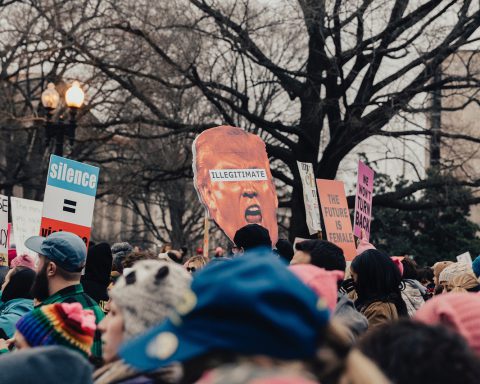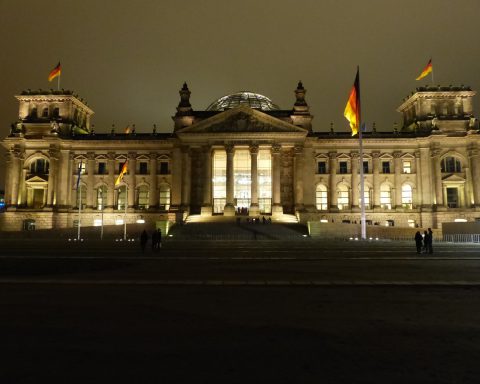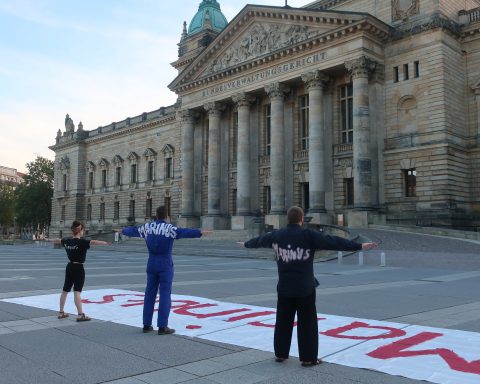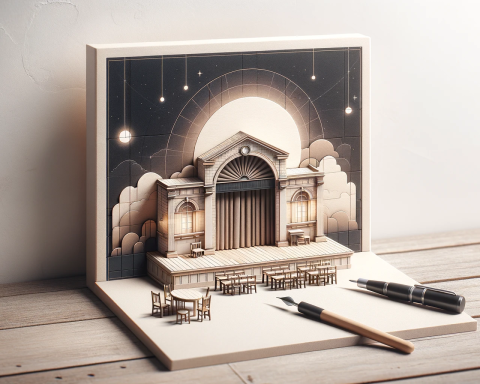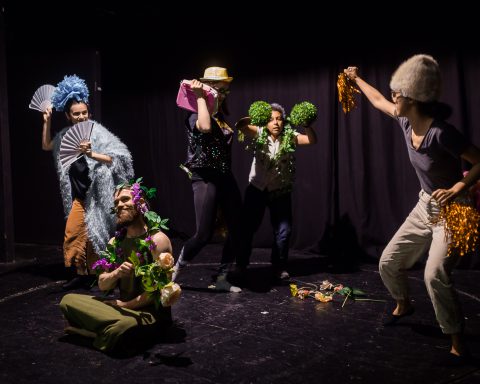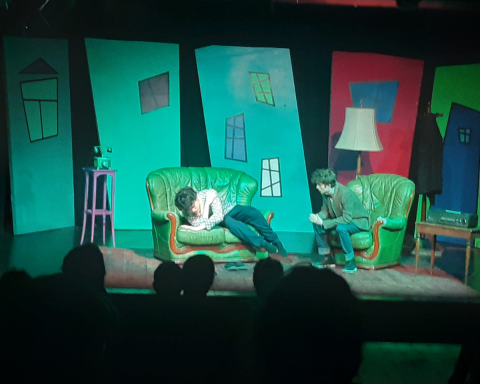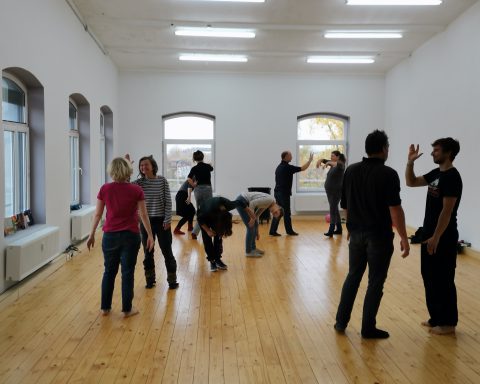The last public execution of a human being in Leipzig took place on 27 August, 1824. Authorities set up a scaffold in the market square. Somehow the scene calls to mind a gladiator arena.

But in this case the convict, Johann Christian Woyzeck, was no gladiator. He would have no chance to fight those there to kill him.
Woyzeck, age 44, had grown up in poverty in Leipzig. He’d been a soldier, a wanderer, and may have suffered from depression and schizophrenia. He began to drink and to become overcome by jealousy, too. It was claimed that he heard voices telling him to kill his partner, the widow Johanna Christiane Woost.
One evening in 1821, he stabbed Woost to death and turned himself in to the police. Woyzeck’s trial lasted three years, and involved a pioneering use of the insanity defense in Germany. It didn’t work out, though.
As usual with this kind of execution – which would keep happening in the West well into the 20th century – they made a spectacle out of beheading Woyzeck. They wanted to “educate” the audience.
And people came in droves. They crowded into and around the Leipziger Marktplatz, where these days we so often go to concerts and farmers’ markets.
On 27 August, 2017, people in Leipzig will have the chance to watch Woyzeck’s execution once again – sort of.
Schaubühne Lindenfels is setting up an installation at Marktplatz related to the 1824 event, with sponsorship from the City of Leipzig, the Cultural Foundation of Saxony, Leipzigstiftung and Sparkasse Leipzig. It’s difficult to visualize how it will play out (or how graphic it will be), but the theater gives a description as a starting point:
“193 years later, we will erect a temporary monument in the same place: a cube, in the dimensions and shape of the scaffold on which Woyzeck was decapitated. (…) The cube is opened on August 27 with a reconstruction of this last public execution in Leipzig.”
Don’t worry, though: This time, the heinous spectacle appears to be mainly virtual.

It’s a mixture between a multimedia reenactment and display of elements from Georg Büchner’s play Woyzeck, inspired by the executed convict’s case and life story. Brutal 19th century history meets the digital age, theater meets reality in this time capsule in a public space.
As perhaps the main attraction, “a fictional ‘live transmission’ of the events of 1824 mingles with scenic sound fragments from Büchner’s Woyzeck.” The public execution happens to be the last scene in the play.
Woyzeck is billed as a commentary on the correlation of social status with morality. And also on the exploitation of the poorer title character by his superiors ultimately driving him to commit the unthinkable. In Leipzig, the related installation opens the “Büchner Zyklus,” a theater program dedicated to the German dramatist and political activist.
An exhibit inside the cube “juxtaposes the historical events of Büchner’s drama and examines the Woyzeck case vis-à-vis the death penalty and international law.” It calls for social reflection on both past and present, and on our own role as spectators.

While Woyzeck’s was the last public execution in Leipzig, capital punishment was not outlawed in East Germany until 1987. As of September 2016, 58 countries in the world still had the death penalty, including one in Europe: Belarus.

“Hinrichtung Woyzeck” will take place at the Leipziger Marktplatz from 6-7 p.m. next Sunday. Entry is free.
“Woyzeck – letzte Szene, ein öffentlicher Platz”
Overall concept:
René Reinhardt
Cube design:
Elisabeth Schiller-Witzmann
Producer (audio piece):
David Fischbach
Spokespersons:
Laila Nielsen, Thomas Dehler, Johannes Gabriel, Wolfgang Gerber, David Jeker, Andreas Keller, Alexander Pensel, Mario Rothe-Frese, Christopher Schleiff
Technical director (cube):
Robert Schiller
A project of Schaubühne Lindenfels in cooperation with the Leipzig City Historical Museum, Buchfunk Verlag, Leipzig University – Institute of Theater Science, and Amnesty International / University Group Leipzig.

